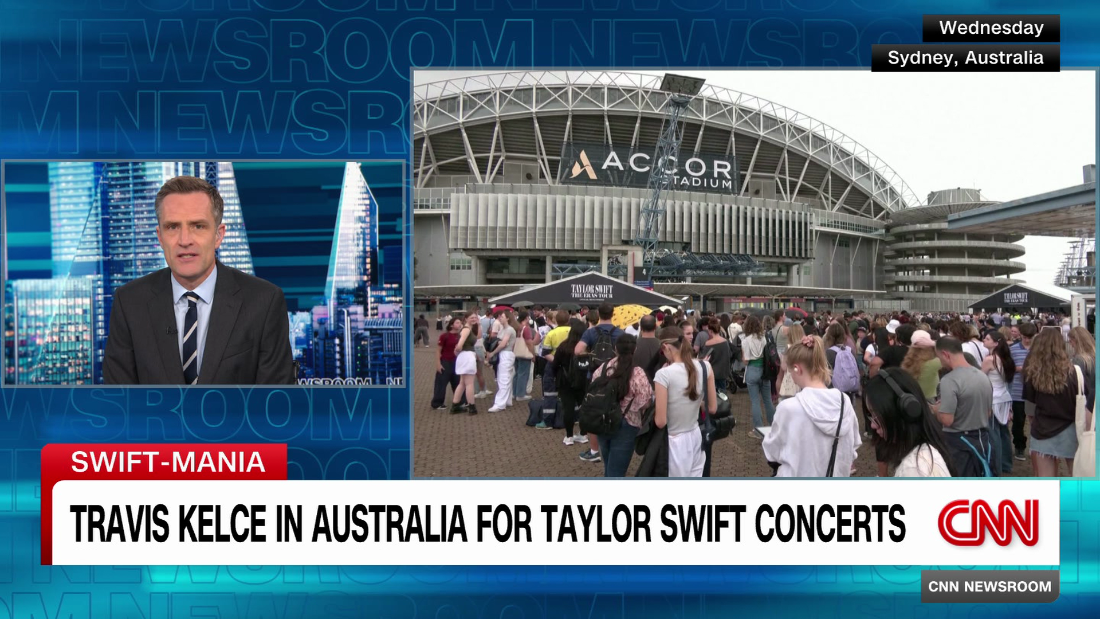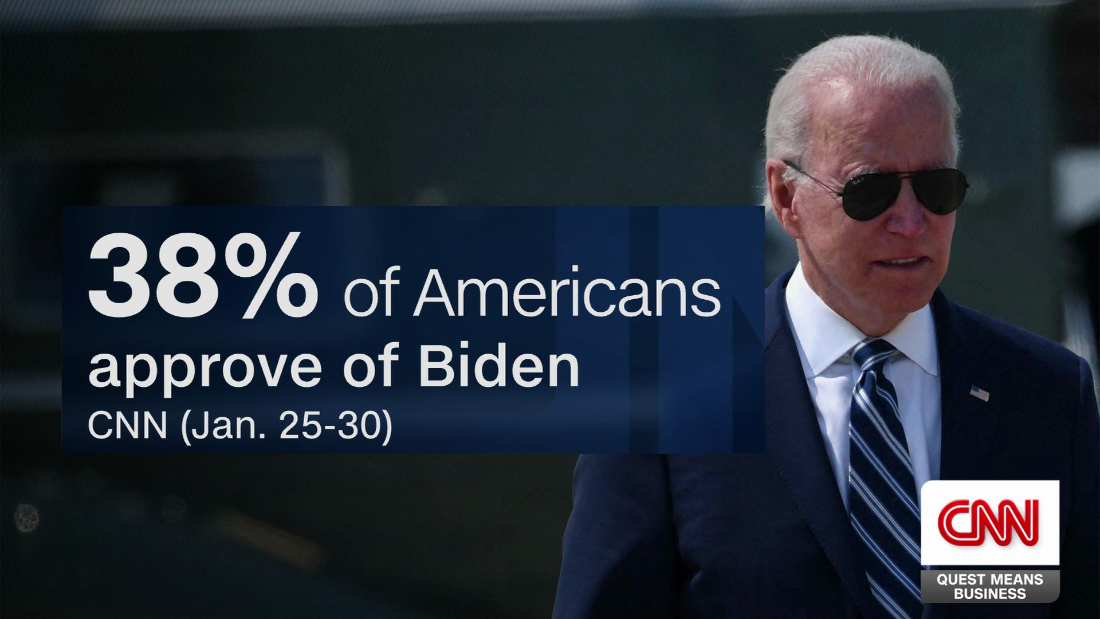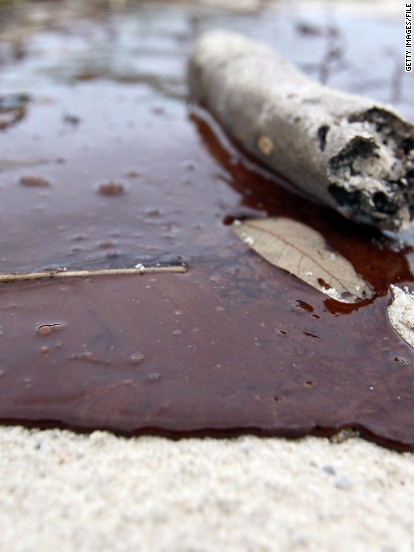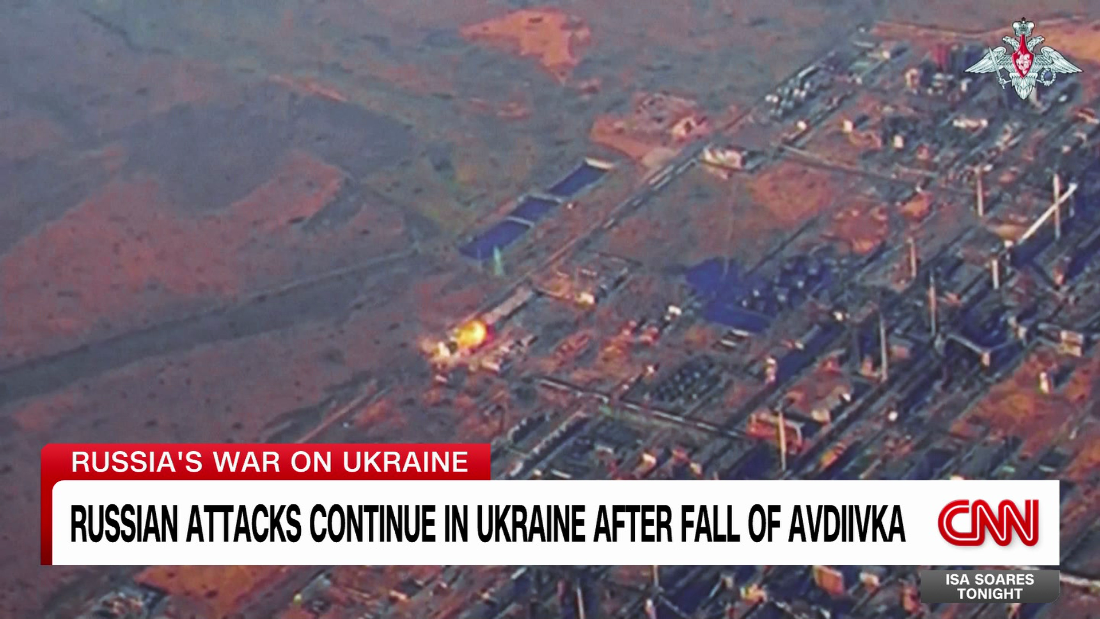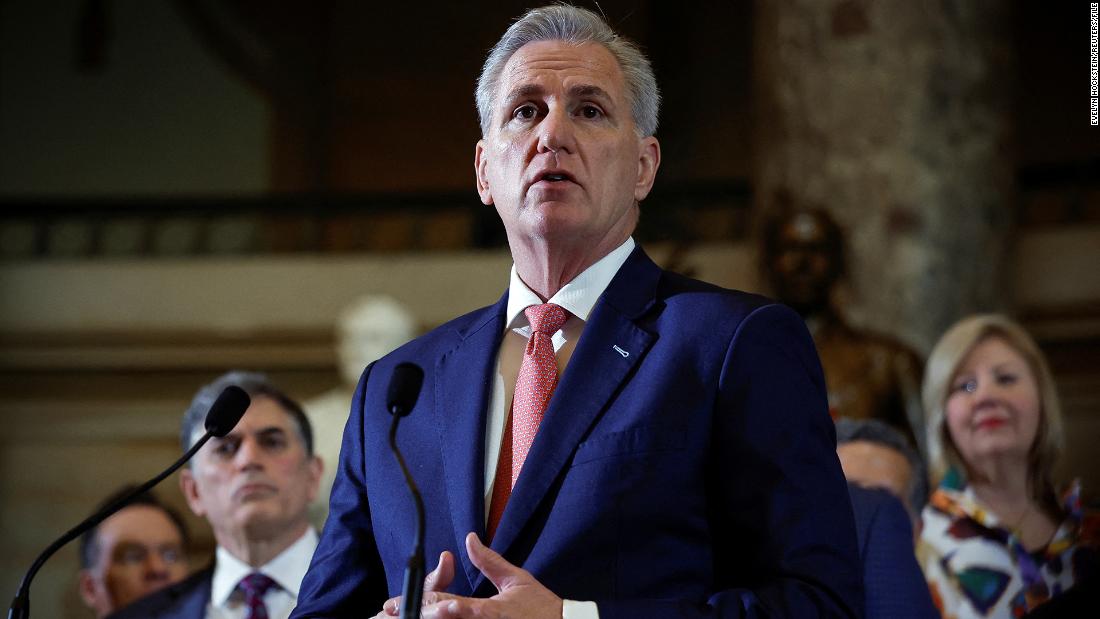TEMPERATURES are set to soar in Singapore this weekend as Formula One returns to the Marina Bay Street Circuit.
A heat hazard was declared on Thursday, meaning a Driver Cooling System will need to be fitted in each of the 20 cars on track.
Shutterstock EditorialSeveral F1 drivers will wear cooling vests for the Singapore Grand Prix[/caption]
Shutterstock EditorialYuki Tsunoda was among the stars to test them out in practice[/caption]
The system involves a number of components – including a pump, plumbing and thermal store with cold fluid generated through a special fireproof vest featuring small tubes.
All components must be fitted to the car for the weekend, although it is up to the driver to choose if they wear the vest.
Several F1 stars have been spotted wearing them so far this weekend, including Charles Leclerc, Ollie Bearman, Isack Hadjar and Yuki Tsunoda.
However, not everybody is a fan.
What are F1 cooling vests?
The FIA began reassessing the protocols around extreme temperatures after the 2023 Qatar Grand Prix.
Several drivers required medical attention for dehydration and heat exhaustion immediately after the race, with Esteban Ocon admitting he vomited in his helmet and George Russell revealing he almost fainted at the wheel.
Former Williams man Logan Sergeant even retired from the event because he was unable to cope with the conditions.
In response, FIA chiefs approved the Driver Cooling System.
CASINO SPECIAL – BEST CASINO BONUSES FROM £10 DEPOSITS
It was introduced before the 2025 season, along with the concept of a heat hazard race.
Drivers can choose to wear a cooling vest, although they will be mandatory in heat hazard events from next year.
A coolant is pumped through small tubes stitched into the vest to cool the driver while they are in the car.
However, there have been some concerns regarding the reliability.
It is believed that should the system fail, the vest could have the opposite effect and work as a heat insulator.
Some complaints have also been made about the lack of comfort, with the heavy and thick material proving to be a problem when combined with the high G-forces experienced in the car.
Shutterstock EditorialA coolant is pumped through the vest to prevent the driver from overheating[/caption]
Why are drivers wearing them?
Some F1 stars have chosen to wear the vests this weekend because a heat hazard has been declared ahead of the Singapore Grand Prix.
Introduced this year, heat hazards are implemented when the temperature is forecast to hit or exceed 31°C at some point during a race weekend.
This weekend will be the first-ever Grand Prix where a heat hazard is in place.
What has been said?
Seven-time world champion Lewis Hamilton admitted he is unsure about wearing the vest because it is uncomfortable and itchy.
He said: “I’ve never used it but I’ll try. It’s quite uncomfortable.
“It itches a lot so I’m not sure I want to drive with an itchy top on.”
Meanwhile, Carlos Sainz is not too fazed by the prospect of using it.
He explained: “Teams are managing to make it work better and better every time we run it.
“At the beginning, we had it to work more or less for half an hour. Hopefully now the whole system can work at least for an hour.
“It’s a two-hour race. I’ve done it 10 times in Singapore. If it breaks or it doesn’t work, I’m not worried. I’ll do the race and jump out fresh like I always do.
“But if it works, it’s better, because then you suffer a bit less.”
GettyLewis Hamilton admitted he has reservations about using the vests[/caption] Creator – [#item_custom_dc:creator]





















